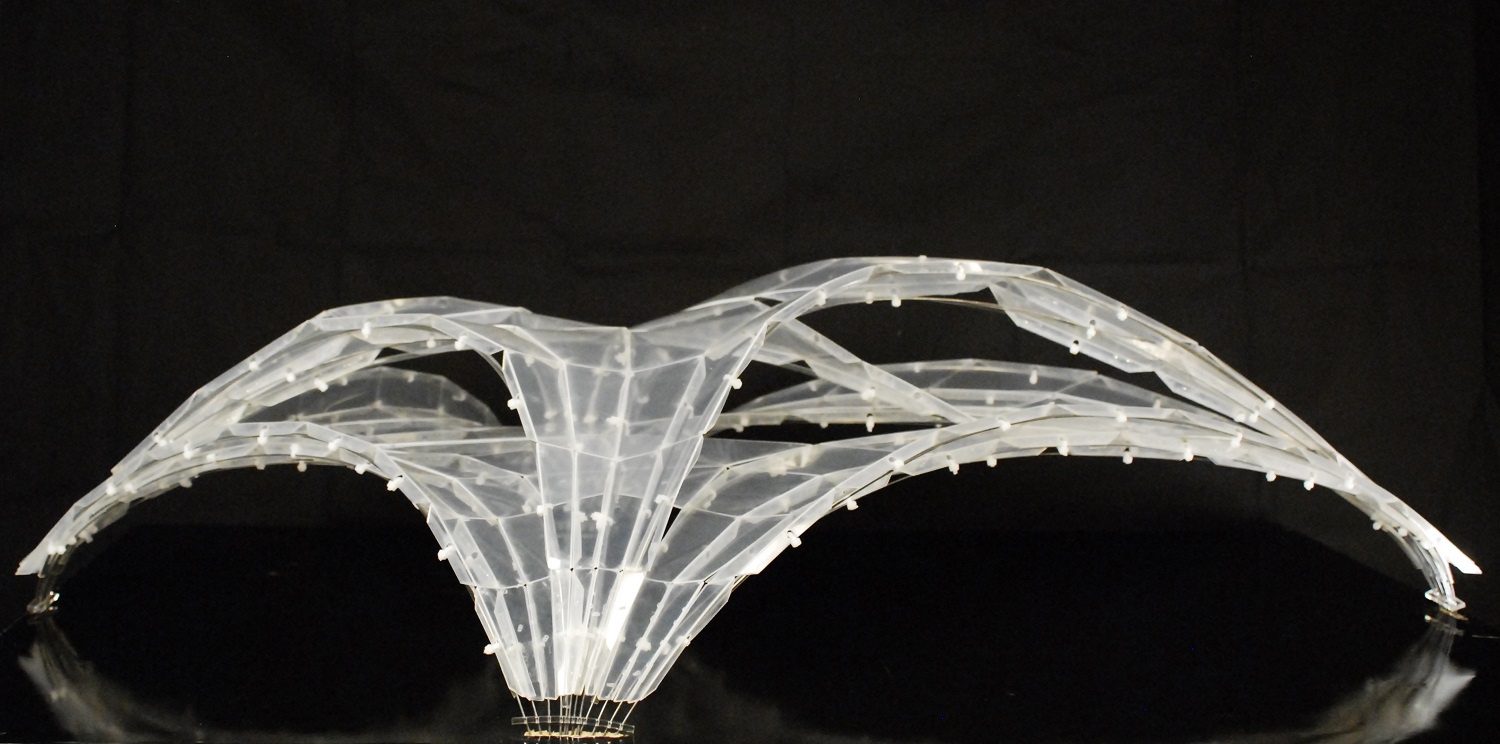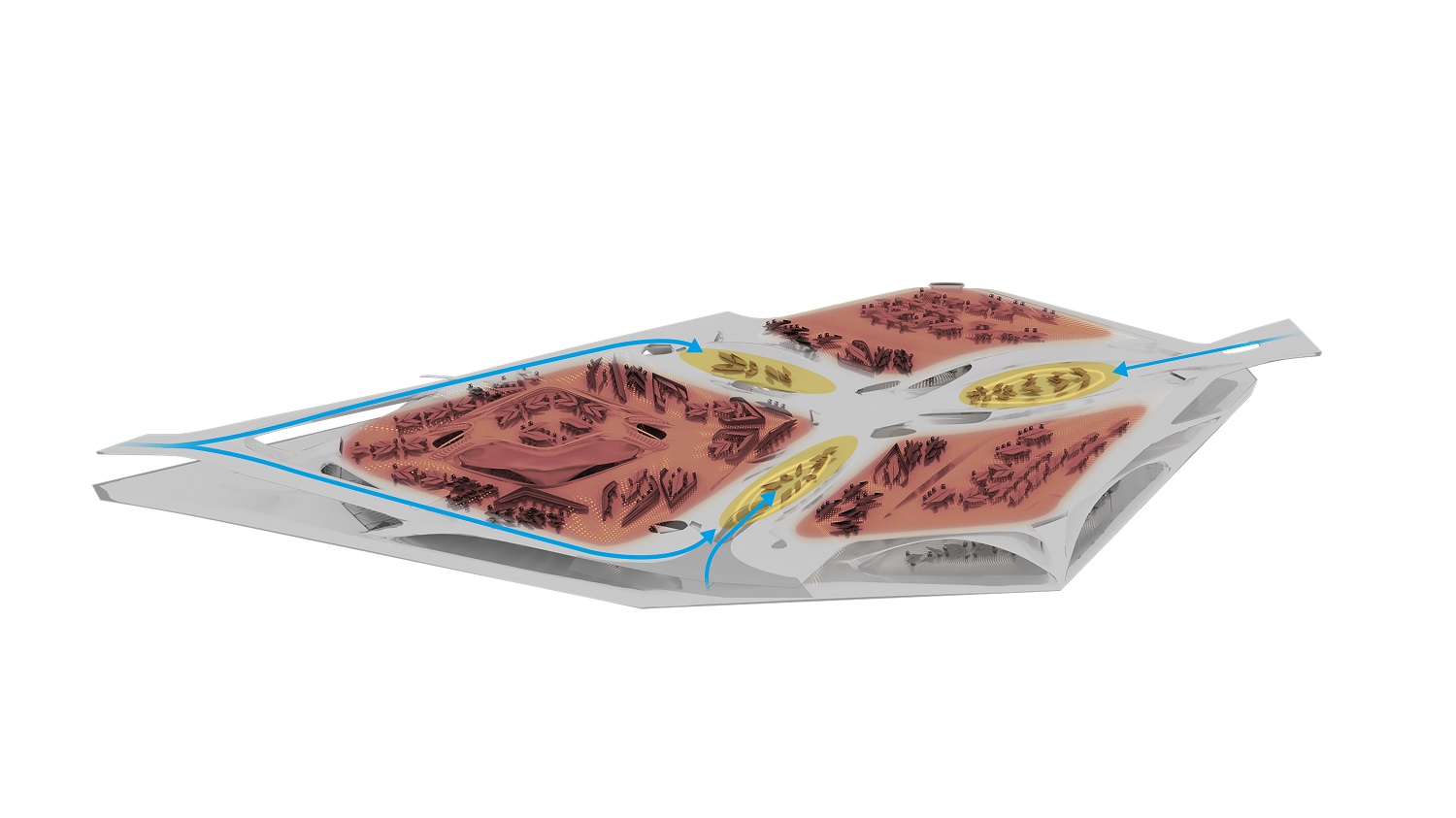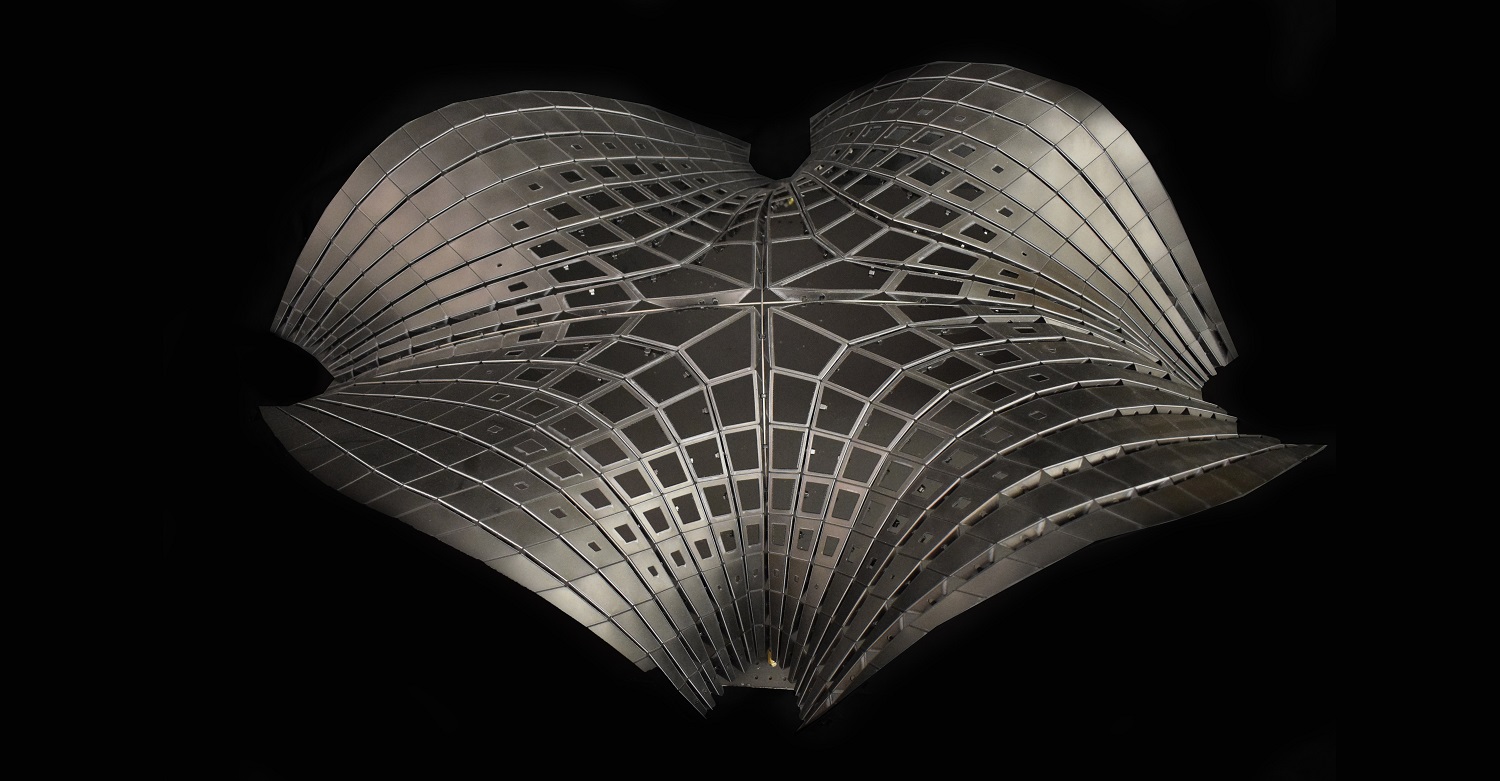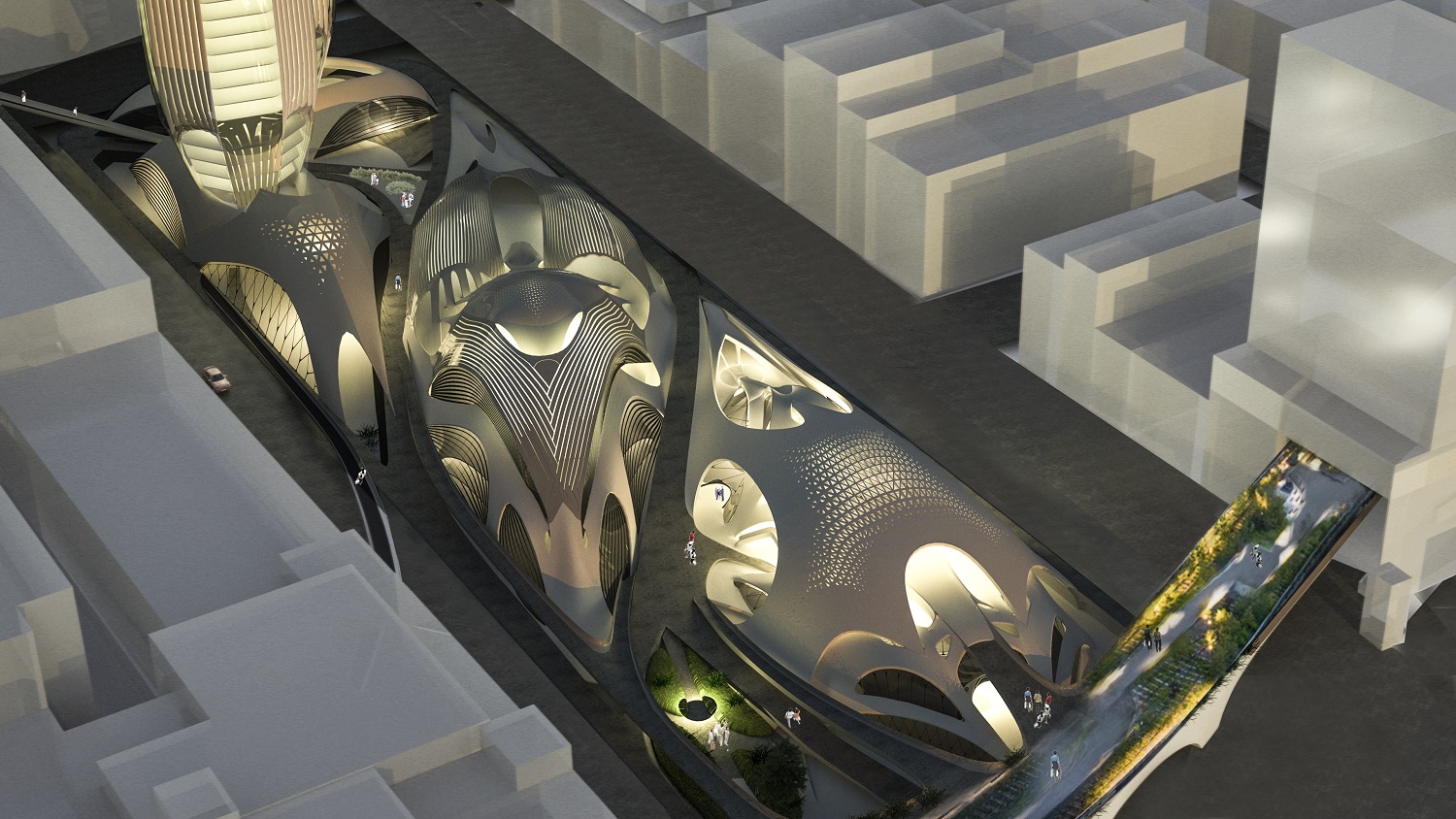Constructing agency 2017-2019
tectonic district
Studio Patrik Schumacher
Tutors Pierandrea Angius
Team Alaa AK Ikbarieh (Palestine -Jordan), Omar Kaddourah (Palestine), Otrebor Jean-Francois (Peru), Pendar Golfeshan (Iran-Canada)
This thesis proposal, based within the New York City Meatpacking district, is a response to the future of working and living in the urban context that demands a high density urban network. We aim to break the cultural discontinuity of the traditional isolated campus and propose a system of reterritorialisation and integration that encourages the idea of co-working and co-living within an urban fabric. The design creates a system of spaces that act as a user-interface in order to serve start-ups with an adequate sign-up system enabling users to change the space settings and dynamics depending on each incubators capacity, organisational hierarchy, patterns of work and meetings.
To develop these concepts, District proposes a workflow within the design process that learns from the feedback provided by agent behaviour. This aims to reinforce the participation of agent modelling behaviour and the feedback generated by the agent's interactions thus creating a semiological understanding of the environment. The spaces function through their visual appearance, legibility and related capabilities to frame levels of communication. The semiological project suggests that the design project arranges all form-function correlations into a coherent system of signification. In this case, we have developed semiological dictionaries at both the local and global scale, based on set theory language. This language is generated from five rules such as intersection, union, disjointedness, containment and complementary. These rules have created a semiological shell system that suggests the build-up of a lexicon of distinctions which allow freedom and awareness of opportunities for the users through connective networks on the site. District argues that it is essential for such a rich system of spaces to have its own structure that provides orientation for the users, allowing for an easily navigable architectural environment.
















